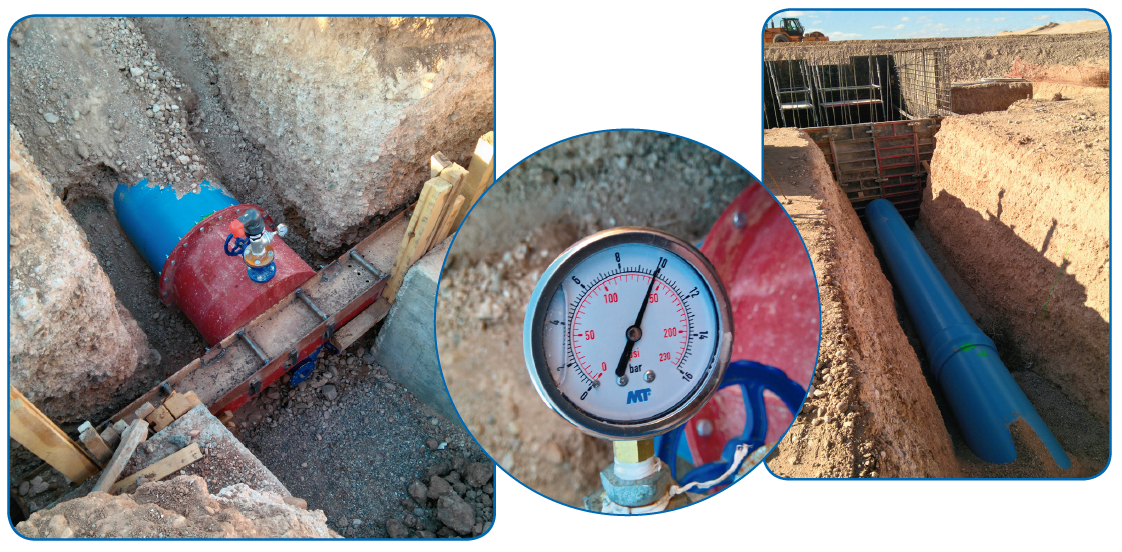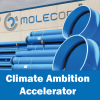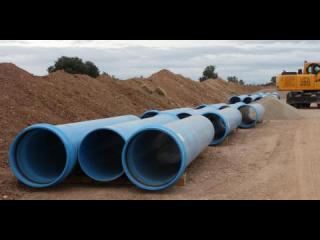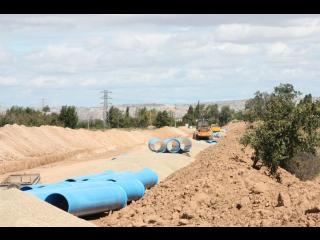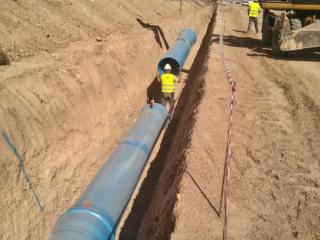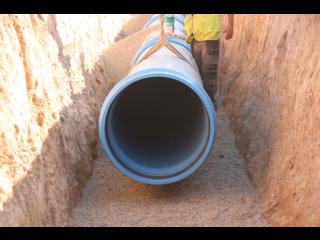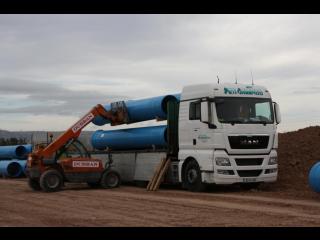
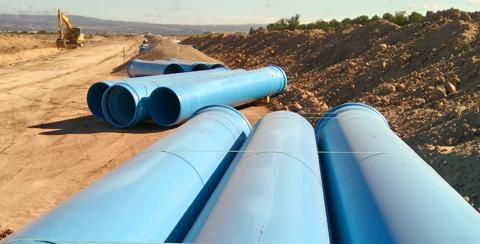
In April 2014, SAT Ansó presented the Aragonese Institute of Environmental Management (INAGA in Spanish) with a Preliminary Consultation Document with the objective of initiating procedures to transform 244 hectares into irrigated land in the La Sarda region of the municipality of Pedrola (Zaragoza, Spain). After the dealings carried out by SAT Ansó with other local owners, Agrícolas Villahermosa S.A. (AVISA) company joined the project. With the purchase of new parcels of land by SAT Ansó and the surface area provided by AVISA, the perimeter to be transformed reached 853.22 hectares when the preliminary project and the Environmental Impact Study were drawn up.
 The Ebro Hydrographic Confederation stated that although water is available in the system, there may be supply problems due to the Channel's transport limitations from Gallur, which prevents water intake during the week. This agency authorises the collection of 1.100 l/s over the weekend (28 hr) and will allow water intake during the week, if there is surplus water and it does not affect the Channel’s normal operation.
The Ebro Hydrographic Confederation stated that although water is available in the system, there may be supply problems due to the Channel's transport limitations from Gallur, which prevents water intake during the week. This agency authorises the collection of 1.100 l/s over the weekend (28 hr) and will allow water intake during the week, if there is surplus water and it does not affect the Channel’s normal operation.
The supply conditions, with a very high Instantaneous flow in a very short period of time, have made it necessary to reconsider the technical solution envisaged in the preliminary project. Thus, it seems essential, if the concession limitations are maintained, to build a reservoir next to the Imperial Canal, despite the economic cost it may entail.
Bearing in mind that the implementation and irrigation of woody crops will be slow and that, consequently, maximum consumption will not occur until a few years from now, the promoters decided to postpone the construction of the Channel reservoir until the need for it is confirmed.
This would not be necessary if the supply conditions provided by the Ebro River Basin Authority were to improve in the coming years.
The aim of this project is to design and evaluate the common actions required to irrigate 838.4 ha in La Sarda and El Terrero.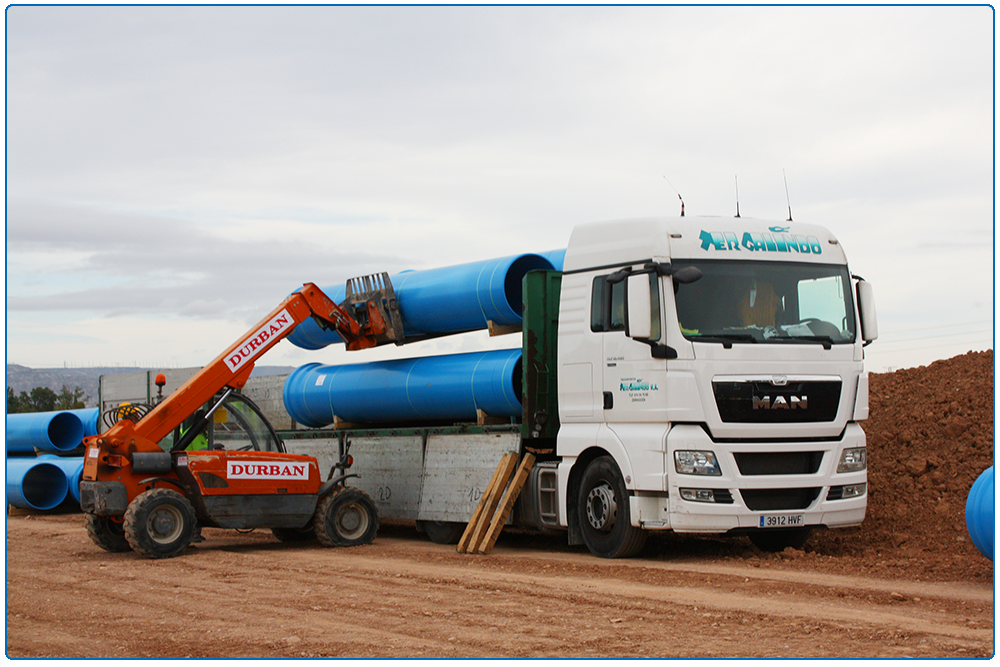
The project report includes the works required to capture and supply water from the Imperial Canal to a control reservoir to be built in La Sarda, on the edge of the two areas.
- Pump station
- Impulsion
- 80,000 m³ reservoir
- Electricity. Low voltage
- Control and automation
In view of the urgent need to carry out the capture works, and taking advantage of the canal's closure in February 2017, the project is divided into two phases: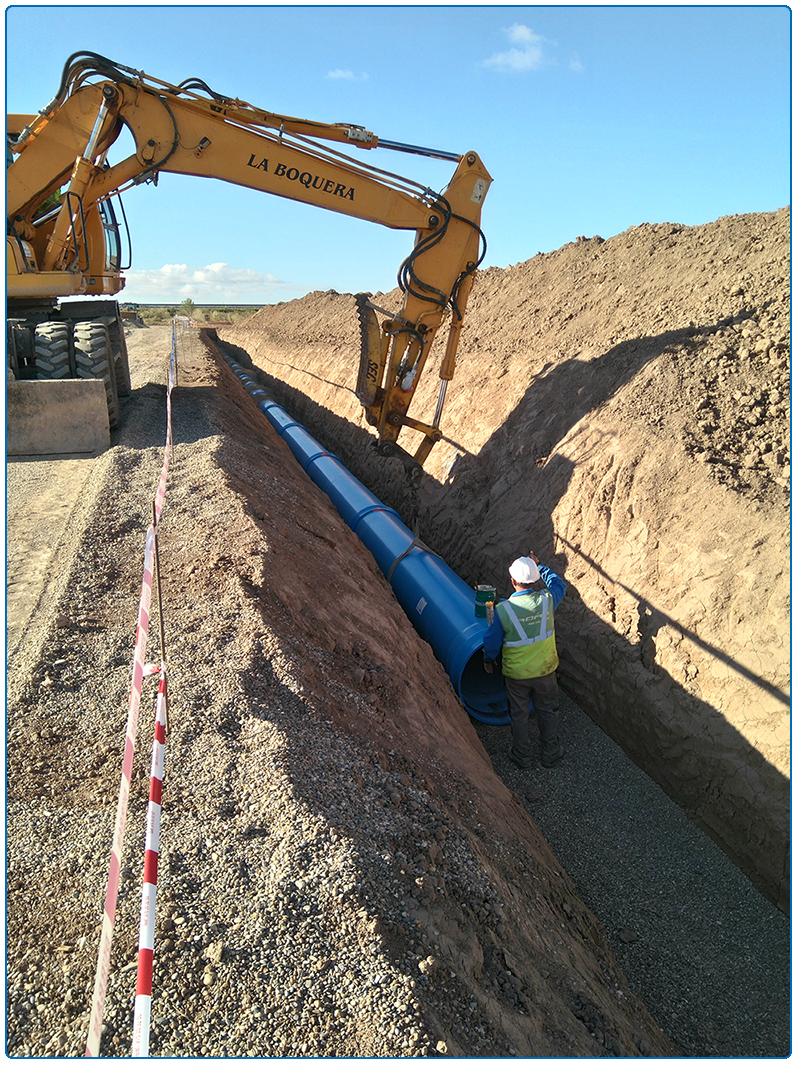
Phase 1:
- Demolition of the current outlet.
- Demolition of the current tank and pumps.
- Ditch diversion.
- Construction of the new outlet.
- Crossing for the Z-525 road.
- Catchment tank.
Phase 2:
- Construction of the pump station building.
- Installation of the pump equipment, collectors and hydraulic mechanisms.
- Installation of the impulsion pipe, suction valves, inlets and drains.
- Construction of junctions on roads, motorways and irrigation ditches.
- Construction of an 80,000 m³ capacity reservoir.
- Electrical connection and installations.
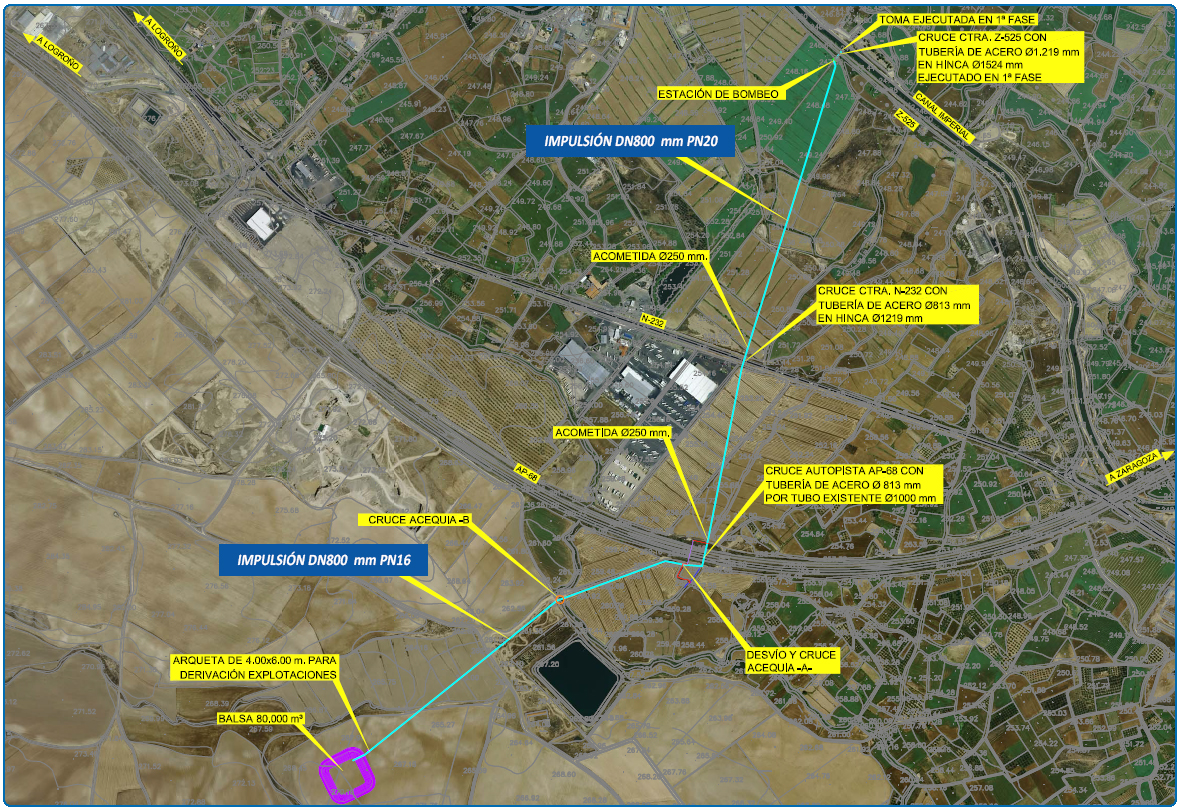
Estimated manometric height under different operating conditions:

The pump performance will be more than 75% in any location.
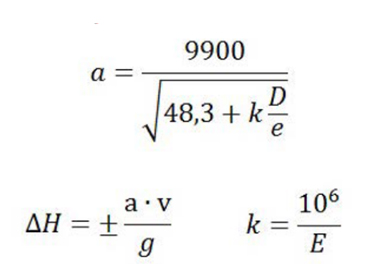
The water hammer was calculated and a value of 68.24 m.c.a. which causes a maximum overpressure of 97.24 m.c.a. Although the planned pipeline is 12.5 atm, two 6" surge anticipation valves will be installed to avoid material fatigue due to accidental shutdowns. The protection will be rounded off with the installation of 3 tri-functional air suction devices with full passage for DN100 potable water, with a water hammer arrestor system with two-stage closure and water hammer value disk.
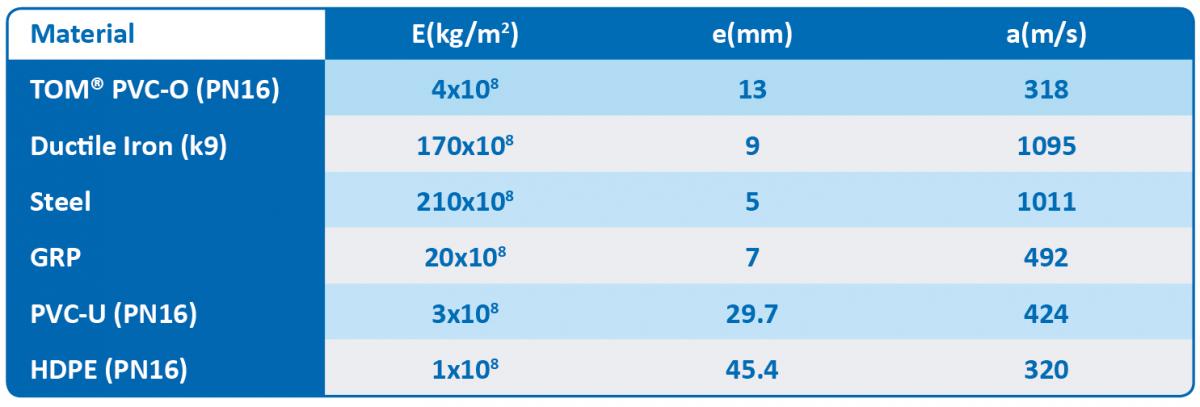
Owing to the importance of the services affected in the impulsion pipe's course, its routing is carefully analysed. The length of the rising main should be 3,034 metres, from the intake to the reservoir, and the route is determined by the junction points of pre-existing roads.
PVC-O material was chosen, among other reasons, because of its anti-corrosion properties, easy assembly and because it is a more cost-effective pipe.
The most suitable diameter was calculated considering the investment and power costs, with a diameter of 800 mm being allocated for this purpose.
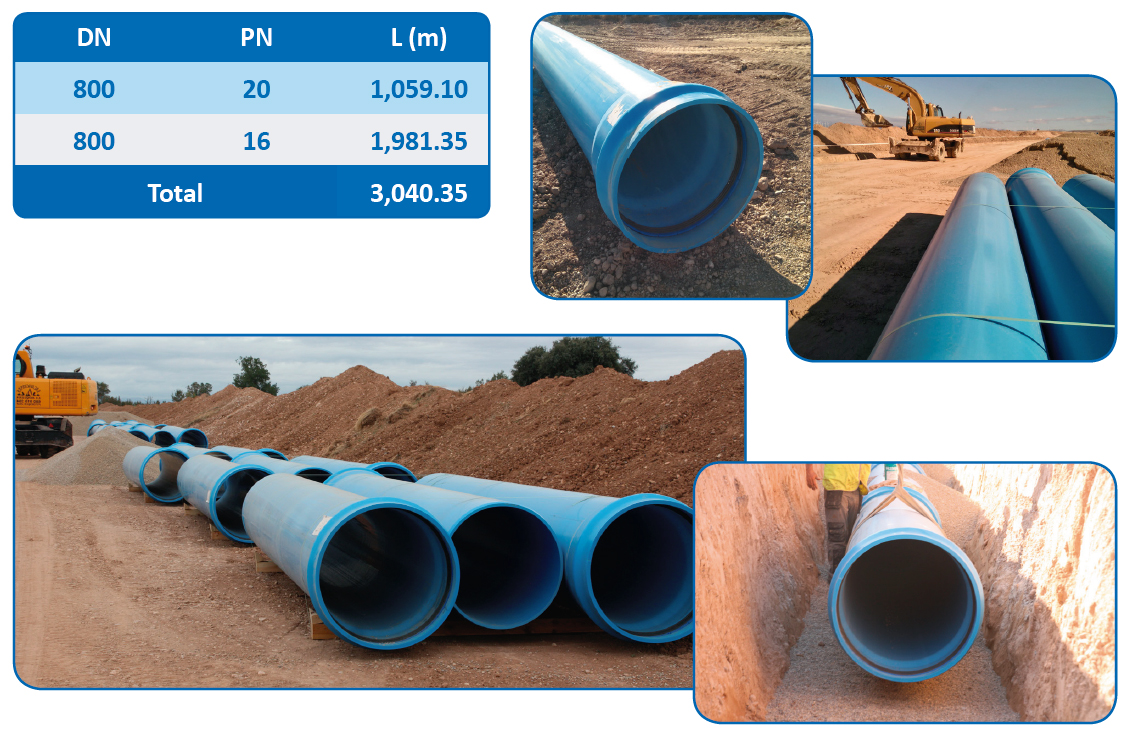
For its correct functioning and protection, air vents are installed for the expulsion/intake of air with a dual object. Firstly, ensure correct operation in a normal position by releasing any air that may accumulate in the pipeline. Secondly, protect the pipeline against transients by the negative pressure surge and associated dips in pressure that may occur.
The pipe will be installed in a completely buried trench under the standard section described below. The pipe bed will be 15 cm thick, perfectly flush and composed of 6/20 mm size gravel. The filling will be done as follows:
- The space between the natural soil up to 15 cm above the pipe’s upper generatrix (a minimum of 1 m) will be filled with suitable material from the excavation or borrow pits carrying out compacting, rolling or the like up to a NP of 85 %.
- The space between the pipe’s lower generatrix and 15 cm above the pipe’s upper generatrix will be filled with 6-20 mm gravel.
- The space between the trench base and the pipe’s lower generatrix will be filled with 6-20 mm gravel.
Once the works are completed, the land must be left in its original state, free of any coarse elements, granular material, etc., the edges of the plots rebuilt and in perfect condition for irrigation.
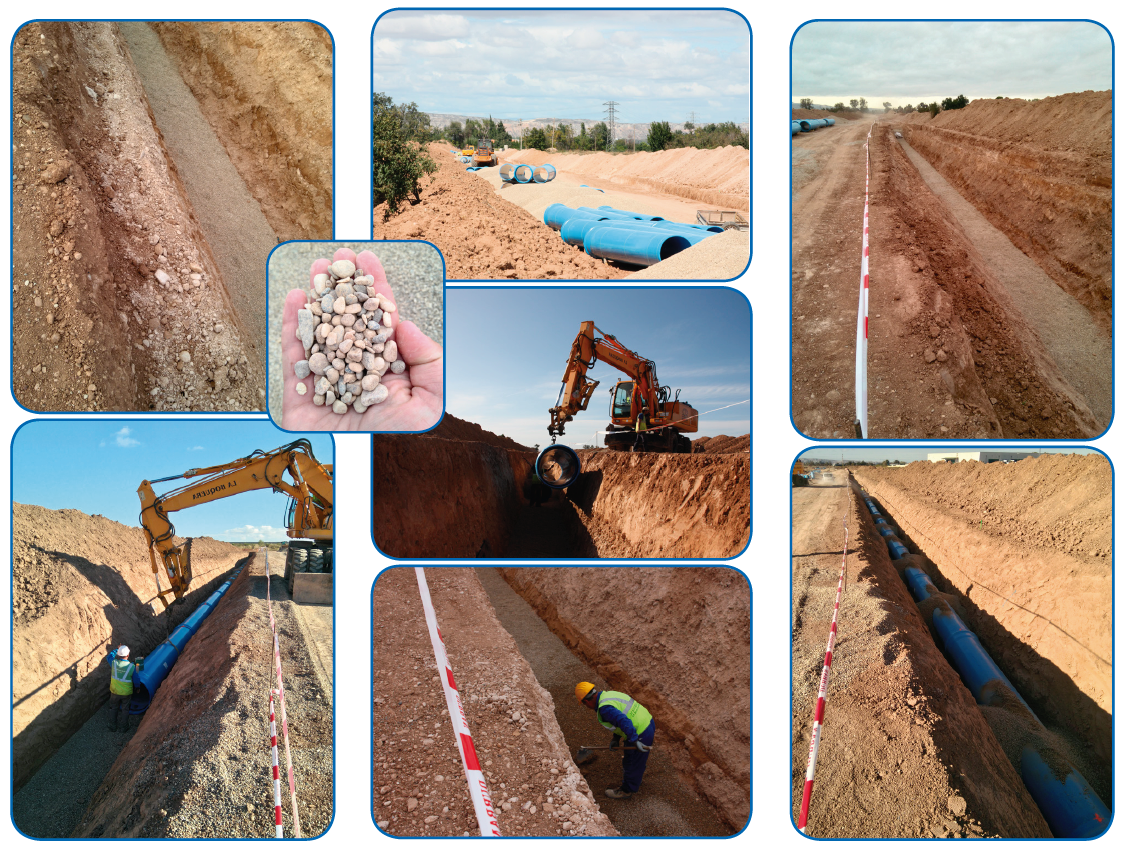
The reservoir has been designed to achieve a geometric shape that optimises the required earthwork movements. Considering this criterion, the reservoir's bottom elevation will be 264.30 m, while the crest elevation will be 272.40 m. The crest will be 5.00 m wide to allow the machinery to pass through. The land will be sloped by 2.5/1 (interior) and 2/1 (exterior).
- Net surface of the reservoir at the foot of the dike: 24,229 m² on foot of the external slope.
- Trench embankment volume with 25 cm soil removal: 26,789 m³.
- Excavation volume at clearing: 46,609 m³.
- Resulting reservoir capacity of 80,295 m³.
- The total surface area of 2 mm thick polyethylene sheet is 20,860 m².
The reservoir will be waterproofed with 20,280 m² of 1.5 mm HDPE sheeting. A protective geotextile layer will be placed underneath.

The different available pipe types are analysed (Cast Iron, Helical Steel, Oriented PVC, Reinforced Concrete with metal sleeve) and the best price-quality option is chosen.
The most cost-effective diameter was considered, taking the power and investment cost for three diameters into account, with the 800 mm diameter being the least expensive overall.
The installed pipeline is one of the most important elements of the network, and therefore, the importance of choosing the project material. At this point, it is very important to consider the material's quality, its durability and, of course, its environmental contribution.
TOM® PVC-O pipes are presented as an excellent alternative for irrigation network material thanks to their operating efficiency and low maintenance costs, due to their high physical-mechanical and chemical properties.
Some of the outstanding features of TOM® PVC-O pipes through which this material was recommended are:
- Their laminar structure makes them very resistant to blows and the spread of cracks, which significantly minimises breakage during handling and on-site installation.
- They guarantee efficient energy consumption, thanks to their extremely smooth inner surface, which minimises pressure losses. Furthermore, their larger cross-section enables them to transport more water with the equivalent power costs, thus achieving greater hydraulic capacity.
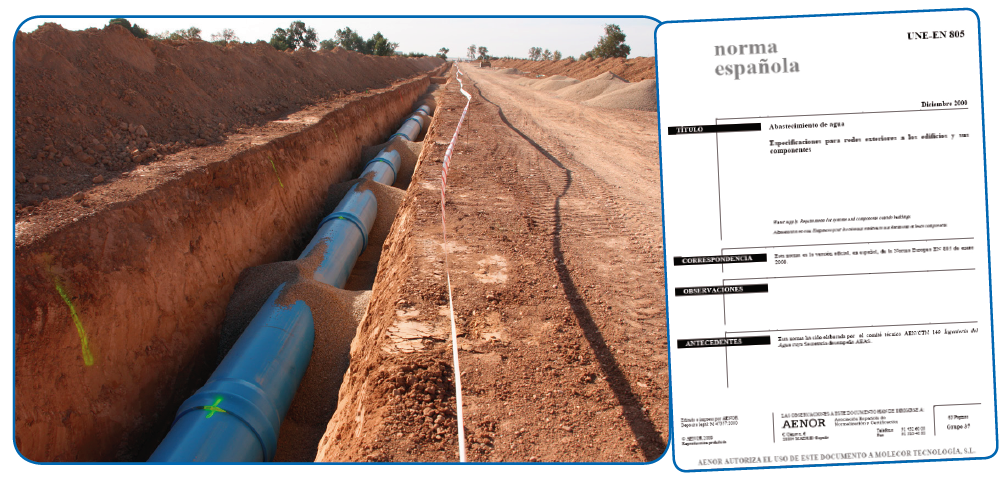
- Thanks to their better anti-water hammer behaviour, the overpressure suffered by the channelling is lower, which means that all other network elements will undergo less stress, thus ensuring a much safer installation.
- Their chemical stability makes the pipes immune to corrosion and very resistant to fertilizers and phytosanitary products used in irrigation networks. This, coupled with the exceptional watertightness of their joints, prevents leaks or contamination of the channelled water.
- The better performance of the laid pipeline and the lower machinery and labour cost make it possible to undertake the works in a much shorter period and at a much lower cost than if they were carried out with traditional materials.
- They are the most environmentally friendly solution, presenting a significantly lower environmental footprint than other products. This is owed to both the energy efficiency achieved during manufacture and use, as well as the lower CO2 atmospheric emissions throughout its life cycle. As a result, they have a lower greenhouse gas effect and a smaller impact on global climate change.
